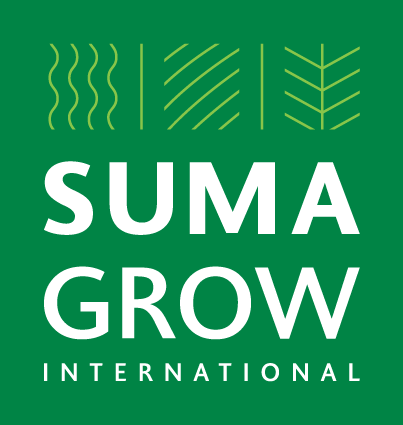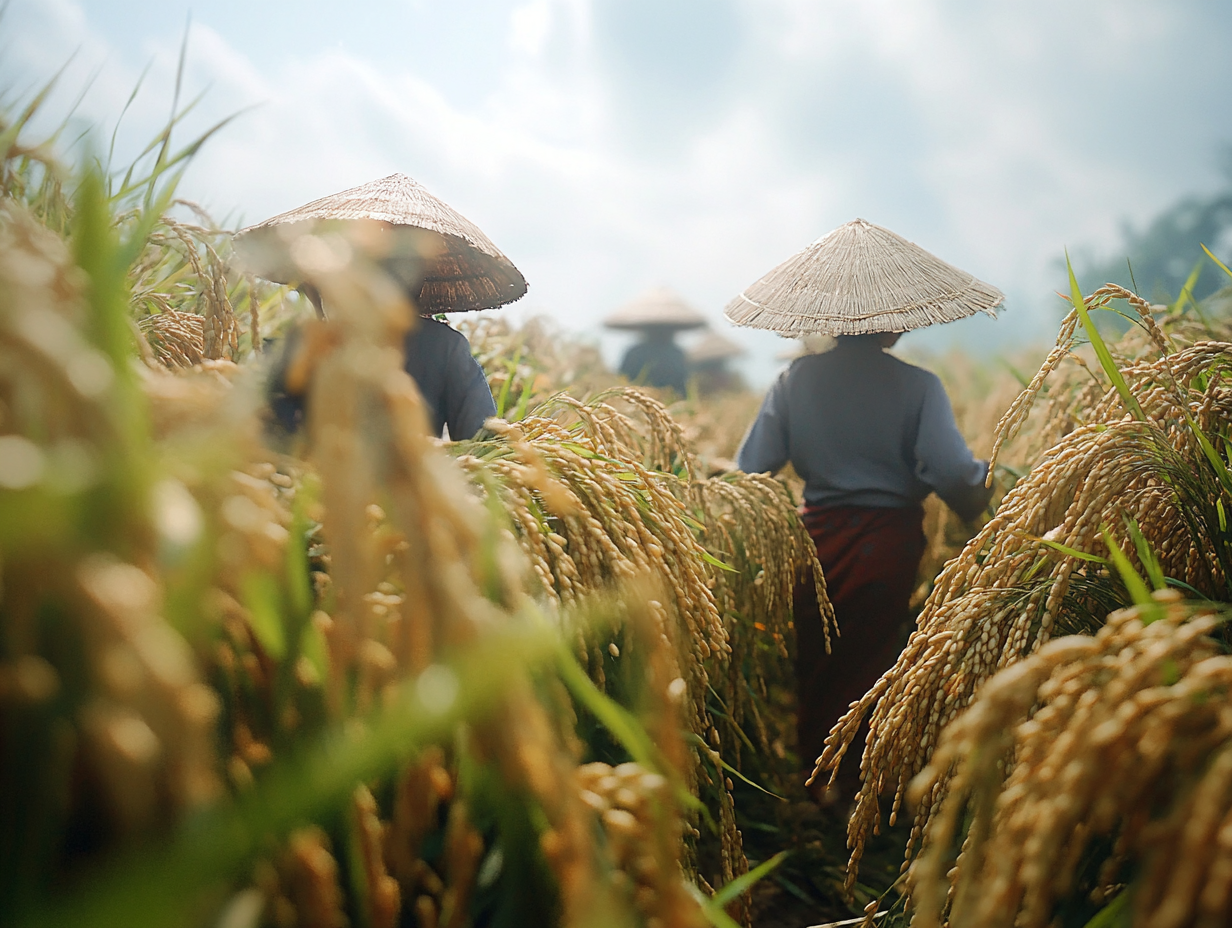Too Good to be True? Not so, says Founder of Yield Boosting, Fertilizer Reducing Soil Enhancement Product
July 5, 2012 | Noelle Swan
Lou Elwell makes some mighty big claims about Bio Soil Enhancers, Inc.’s SumaGrow, a sustainable and organic microbial formula designed to enrich and rehabilitate soil. He will readily tell you that SumaGrow’s 10 microbes work together to increase crop yields, significantly reduce the need for chemical fertilizers, and improve the water retention of the soil. He started singing that tune in 2009, but says he ran into skepticism. “It became obvious that our story sounded too good to be true,” Elwell says, adding many customers suggested that he might as well be selling snake oil at the county fair. So, in 2010, he started looking for third-party confirmation to lend some validity to his claims.
Since, Elwell says that he has had SumaGrow field tested in 20 states and examined by five different universities. One study conducted by the department of molecular biology and microbiology at the University of Michigan confirmed that application of SumaGrow reduced the need for both pesticides and fertilizers, while enhancing crop productivity and improving soil health. The SumaGrow website points to field trials all over the country detailing promising yields for a variety of crops including, alfalfa, corn, cotton, forage/hay crops, lawn/garden, soybeans, and vegetables.
Creating SumaGrow
Elwell says that he has been cultivating microbes for 20 years, first under the name Bio Solutions Franchise Corp. Bio Solutions remediated waste from restaurant grease traps, boasting 42 service locations at its height, ranging from fast food restaurants to some of the swankiest restaurants in the country. When Hurricane Katrina hit, it took the factory’s roof with it. By the time the factory was operational again, Bio Solutions had lost several customers. Those lost accounts lost combined with accounts they had lost while pushing clients to move from remediation to recycling forced Elwell and Wade to rethink their company. Elwell says that Bio Solutions is still around serving those customers that stuck with him through the rough times, though he no longer actively promotes the original business. All his energy and investment lies in Bio Soil Enhancers, Inc and the cultivation of microbes for agricultural purposes.
Bio Soil Enhancers, Inc. is a research and development company and manufacturer, which licenses the SumaGrow formula to independent distributors across the country and the world. In the early years, Elwell says that he and his business partner Wayne Wade funded the venture entirely. Since, they have brought in strategic investors that are active collaborators in the company.
Elwell said that one reason for creating a business around soil enhancement was that the science had already been established indicating that live microbes play a key role in soil performance. Intentionally making these microbes work for the farmer in an accessible and profitable way, however, was another story. “Getting those microbes from the petri dish to the greenhouse is an achievement, but getting them from the greenhouse to the field is a herculean achievement.
Microbes are live, albeit simple, animals. Some strains are compatible with one another and others are not, Elwell explains. The scientists working in his factory and labs have experience cultivating large-scale microbe populations and learning to deal with the intricacies of microbe interactions, he says. The result is a formula rich with 10 different microbes that live together and perform multiple functions. Elwell says that while there are competitors that offer microbial soil enhancers, most of them rely on a single microbe.
Putting Microbes to Work
According the SumaGrow website, much of what the microbes found in SumaGrow do is convert resources naturally found in the soil into a form that can be used by plants. A certain percentage of nitrogen, phosphorous, and minerals such magnesium and calcium can lie locked in the soil and Elwell says SumaGrow can change that. Beyond that, the website boasts that SumaGrow can help to maintain an optimum ph, even under extreme environmental conditions.
If SumaGrow does half of what it claims to do, it could have tremendous potential for sustainable farming. Because fertilizers kill microbes, Elwell recommends that farmers cut back their fertilizers by at least 50% when applying SumaGrow, adding that the plants should perform better than they did with the full fertilizer regimen. Currently, a portion of the fertilizer that is applied to most crops leaches phosphorous and nitrogen, two key culprits in the formation of dead zones in bays, gulfs and lakes.
Elwell says that the roots of plants grown with SumaGrow are bigger, deeper, and broader than conventional roots. Bigger roots not only support more productive plants, but they better equip plants to deal with fluctuations in rainfall. Roots that reach deeper take longer to dry out as soil tends to dry out from the surface down. They are also better at finding their own water sources than shallow roots.
Additionally, Elwell says that the microbes in SumaGrow can gather sandy soil into clumps that are better able to retain water while also breaking down clay that might get water logged and contribute to root rot or fungal growth. By altering the absorbency of the soil, Elwell believes that SumaGrow can both enhance drought tolerance and help to reduce runoff.
It is not hard to see why SumaGrow has been compared to snake oil. The list of purported benefits to the plant, farmer, and environment goes on and on. Elwell recognizes this and continues to commission studies and trials to support the product.
Testimony from the Field
Jodie Cammack, a former USDA employee, who worked on field trials for organic rice was so impressed by the results of SumaGrow that when the USDA announced that his office was moving, he opted to stay in Beaumont, Texas and sell SumaGrow himself. In a telephone interview, he talked about the first time he tried out a gallon of SumaGrow on his rice crops. “At the end of the season I started to calculate these [crop] weights and was just amazed at what I saw.” He added that when he first saw the numbers he went back and reweighed everything himself to make sure there had not been any error.
In 2011, the press started to notice a growing crowd of cheerleaders like Cammack were throwing their support behind SumaGrow. By year’s end, Popular Science had named Bio Soil Enhancers a grand award winner in the Best of What’s New for 2011 and the company had turned its first profit.

 A trial was done on the effectiveness of SumaGrow on rice crops in Hlegu Township, Mynamar. Trial 1 was a control and Trial 2 was treated with a mixture of 1 gallon of SumaGrow (GrowPros) and 10 gallons of water. There was only one application of SumaGrow during the testing period.
A trial was done on the effectiveness of SumaGrow on rice crops in Hlegu Township, Mynamar. Trial 1 was a control and Trial 2 was treated with a mixture of 1 gallon of SumaGrow (GrowPros) and 10 gallons of water. There was only one application of SumaGrow during the testing period.



